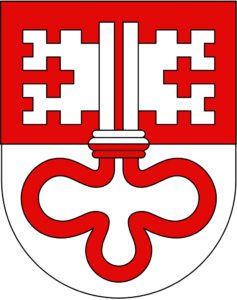Canton of Unterwalden

The Canton of Unterwalden is a rugged and majestic region in the Swiss Confederacy. It is known for its towering mountains, crystal clear lakes and strong sense of independence.
- Coat of Arms/Flag: The coat of arms of the Canton of Unterwalden features a white cross on a red background, with a depiction of a bear on the top left corner. The flag is red with a white cross
- Status: Canton of the Swiss Confederacy
- Country: Switzerland
- Capital City: Sarnen
- Other Settlements: Engelberg, Beckenried, Alpnach
- Current Ruler: Count Franz von Pfäffikon
- Local Ruler: Baroness Maria von Unterwalden
- Government: Cantonal government, led by a ruling council.
- Legislature: Unterwalden Diet
- Demographics: Swiss, German
- Languages: German, French
- Population: Approximately 50,000
- Religion(s): Christianity (Catholic, Protestant)
- Places of Interest: The Titlis mountain, The Vierwaldstättersee lake, The Tellsplatte
- Other Notable Residents: Arnold von Winkelried, the famous freedom fighter.
The Canton of Unterwalden is a rugged and majestic region in the Swiss Confederacy, known for its towering mountains and crystal clear lakes. The capital city, Sarnen, is a charming medieval town that serves as the center of government and culture for the canton. The region is home to the Titlis mountain, which is one of the most famous and highest peaks in the Swiss Alps, and the Vierwaldstättersee lake, which is a popular spot for swimming and boating. Another major attraction is the Tellsplatte, a large flat rock that is said to have been used by the legendary folk hero, William Tell, as a target for his famous archery feat.
The Canton of Unterwalden is also home to several notable residents, including Arnold von Winkelried, the famous freedom fighter. Despite the rugged and wild nature of the canton, there are also some legends and myths associated with the region. Some say that the bear, featured on the coat of arms and flag, is said to be a powerful and magical creature that can only be tamed by the bravest of warriors. Others speak of a giant dragon that once roamed the mountains, terrorizing the local villages. But these stories are nothing more than tales passed down through the generations and have no basis in fact.

 Buy me a coffee
Buy me a coffee